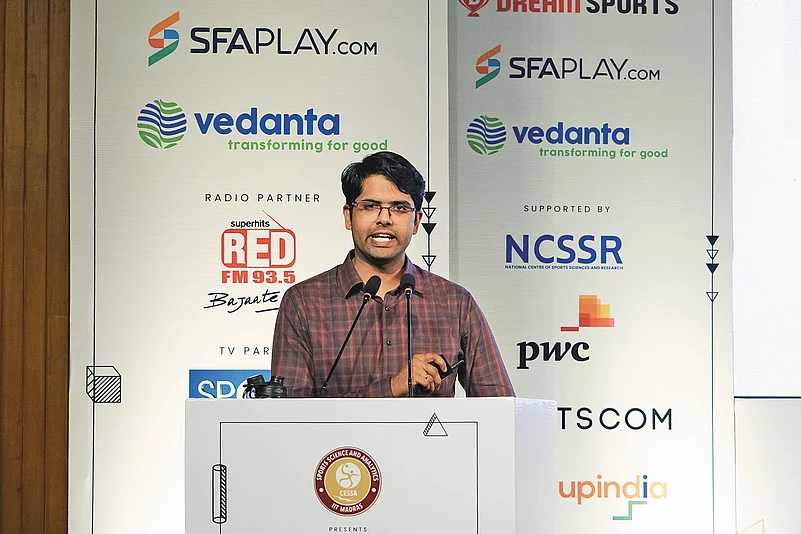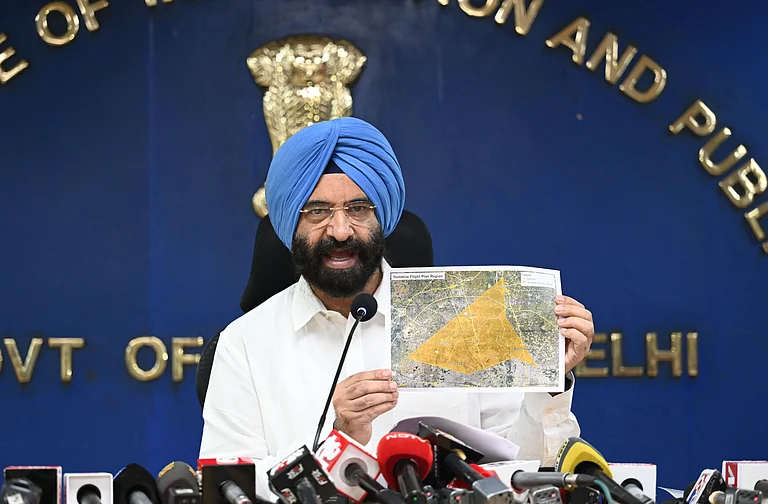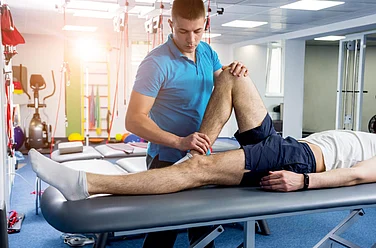Assistive technology advancements have enabled para athletes to achieve more mobility and freedom. However, the journey towards providing tailored solutions that meet the unique needs of individuals with disabilities has been long and challenging. The landscape of available products is marked by a significant divide between high-end, expensive options and more affordable, yet basic, alternatives.
The availability of specialised equipment for athletes is vast, with various brands offering a range of shoes designed for different purposes. Yet, for para athletes, the equivalent of a “shoe shop” is virtually non-existent. “One of the biggest challenges we found in India is that there’s no equivalent of a shoe shop for people with disabilities,” said Dr. Manish Anand, Department of Mechanical Engineering, IIT Madras. This lack of access to customized equipment is particularly evident in the case of wheelchairs and prosthesis.
For instance, until 2016, there were no indigenized high-performance wheelchairs available in India—a stark contrast to the 20-year head start seen in Western markets. The delay meant that many individuals from rural areas were unable to experience the high level of mobility that modern, lightweight, rigid wheelchairs could offer. Similarly, the market for prosthesis is sharply divided between low-cost options provided by NGOs, which offer only basic functionality, and prohibitively expensive, high-performance devices. “A high-end prosthesis with a hydraulic knee and the best energy-returning foot in the market could cost anywhere from rupees four to ten lakhs,” explained Dr. Anand.
The key to overcoming these challenges lies in the collaborative involvement of end users throughout the product development process. Dr. Anand emphasized, “Unless the stakeholders involved are engaged with you during the product development phase, you will not know the efficacy of the product.” Real-world testing by users who will ultimately benefit from these products is crucial to ensuring that they meet the required standards and effectively address the needs of para athletes.
By placing users at the centre of development and continuously refining products based on their feedback, the industry can move closer to providing accessible, high-quality solutions that empower para athletes across the country.


























